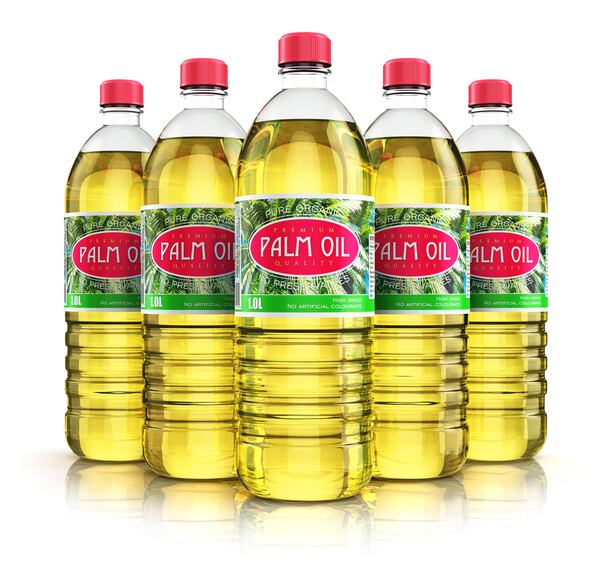The supplier said it already had a range of products with low levels of glycidyl esters (GE).
3-MCPD esters are a contaminant found in vegetable oils and fats that are formed from during the refining process.
In 2016, an opinion from the European Food Safety Authority (EFSA) warned that 3-monochloropropanediol (3-MCPD) could pose risks to kidneys and the male reproductive system. It said glycidyl fatty acid esters (GE) were genotoxic and carcinogenic but could not conclude on possible risks of 2-MCPD because of insufficient data.
In February this year, the Commission set maximum levels for glycidyl fatty acid esters in vegetable oils and fats, infant formula, follow-on formula and foods for special medical purposes intended for infants and young children. It set the limit at <1 ppm for GE took effect in March 2018.
However, it is still considering how to translate the tolerable daily intake for 3-MCPD into limits for vegetables oils and fats in food products.
Although it is unclear when regulation on 3-MCPD esters could come into effect, Bunge Loders Croklaan said manufacturers can begin to prepare by voluntarily reducing levels in their products.
Vice president of Europe at Bunge Loders Croklaan Holger Riemensperger said: “Ahead of European regulation on 3-MCPDE, Bunge Loders Croklaan’s European refineries have been supplying fully mitigated palm oil and palm derivatives on a large scale.”
“We can deliver our entire food portfolio not only with low GE levels (<1 ppm), but also with low 3-MCPDE levels (<2 ppm). These levels are in line with the discussion paper developed by The European Commission in June 2016.”
According to the supplier, its vertically integrated supply chain from the plantation to refinery has allowed it to develop effective mitigation technologies.
The Italian Union for Sustainable Palm Oil said previously that contaminants such as GE and 3-MCPDs can be kept to a minimum by respecting certain harvesting conditions. These include harvesting the fresh fruit bunches at the right moment, pressing them quickly after harvest and processing the oil at appropriate temperatures
Crude palm oil, that is bright orange in colour, must undergo high temperatures and harsh processing conditions in order to transform it into an oil that can be used by food makers.
It is first degummed - the gum and fatty acid in crude palm oil and crude palm kernel oil are separated and impurities such as trace minerals, copper and iron are removed by using phosphoric acid.
It is then bleached using bentonite calcium to remove colour pigments and other impurities.
Finally it is deodorised to remove the taste and smell. This is done by steaming it at high temperatures of between 240°C to 260°C before being cooled to room temperature.

